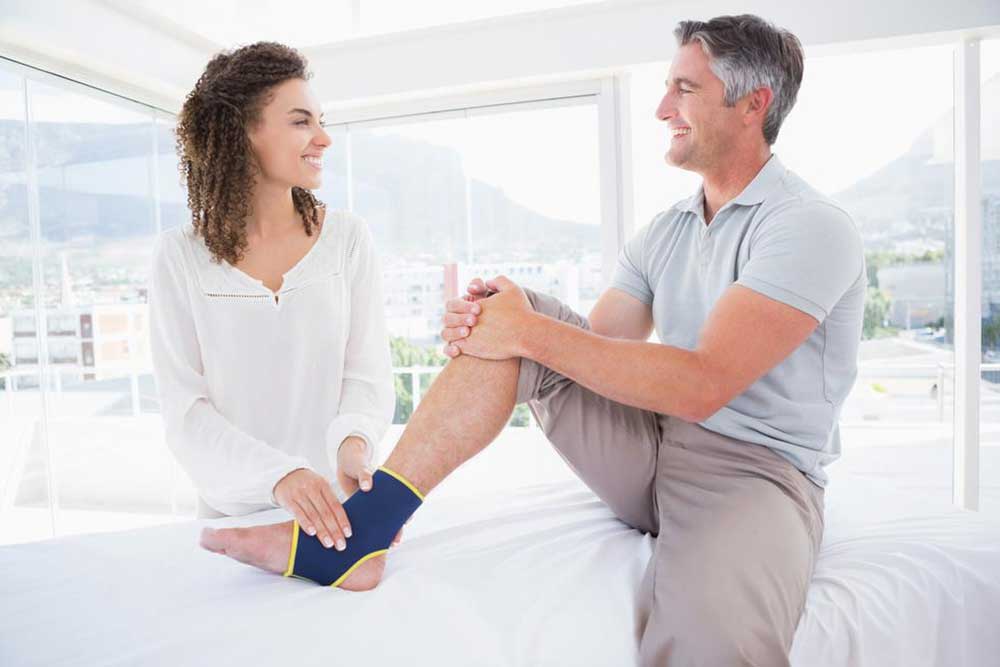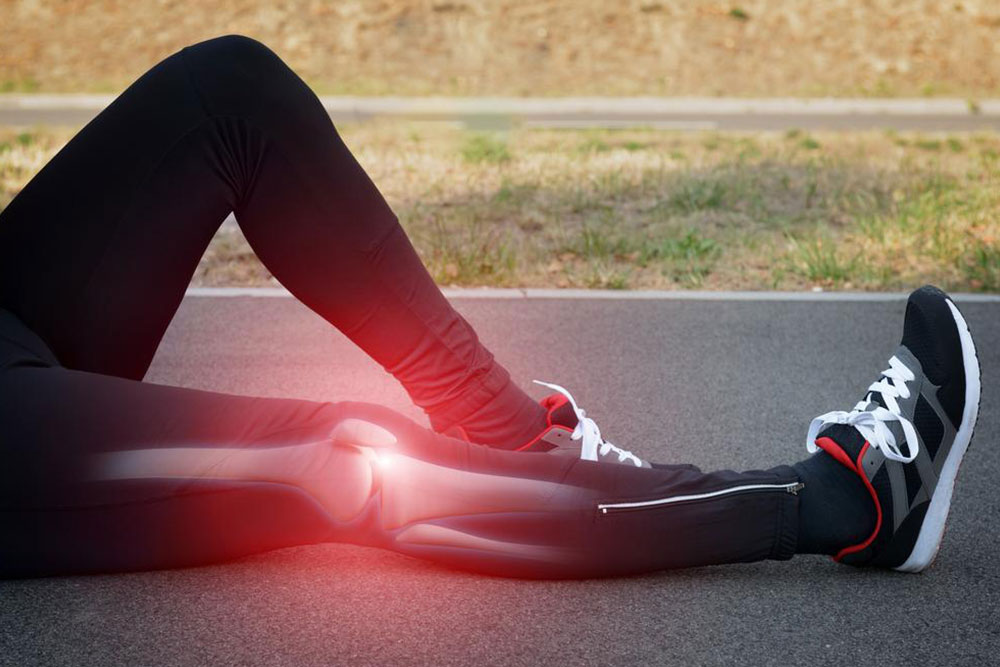Top Causes of Leg Discomfort and How to Relieve Them
Learn about common causes of leg pain such as cramps, injuries, and circulatory issues, along with effective home remedies like warm baths, ice therapy, and gentle exercises. This guide helps you understand when to see a doctor for persistent symptoms and offers practical tips for relief. Maintaining good hydration, practicing regular stretching, and massaging with natural oils can significantly reduce discomfort, promoting healthier legs and overall well-being.

Top Causes of Leg Discomfort and How to Relieve Them
Legs play a vital role in mobility and daily activities, supporting independence and functionality. Due to constant use and physical stress, leg pain can develop, sometimes resulting in sharp, lasting discomfort. This pain stems from muscle or tissue injury, nerve responses, or other underlying issues. While occasional pain may resolve on its own, persistent or severe discomfort warrants medical attention. Understanding common causes can help in effective management and relief of leg pain.
Various factors contribute to leg pain, most of which are manageable or mild. Nonetheless, prolonged pain requires professional diagnosis. Here are some prevalent causes:
Muscle spasms: These involuntary muscle contractions are common and often result from dehydration or fatigue. To alleviate cramps, gentle massage and stretching are beneficial. Staying hydrated with water reduces their frequency.
Leg injuries: Twisting or sudden impacts during activity can cause sprains or strains. Minor injuries typically heal with rest, but severe cases need medical care.
Varicose veins: Weak vein walls cause twisted, darkened veins visible beneath the skin, mostly affecting older adults. They lead to mild pain after extended standing or walking.
Blood clots: Clot formation occurs due to sluggish blood flow, often from prolonged inactivity, obesity, or long-distance travel. Clots cause intense pain and require urgent medical evaluation.
Bone fractures: Excessive pressure can crack or break leg bones, noticeable through swelling and immediate medical treatment. Stress fractures may develop gradually from repetitive strain.
Sciatic nerve irritation: Compression of spinal nerves causes pain radiating down the leg, which can worsen without treatment.
Shin splints: Overuse from running or high-impact exercises leads to pain along the shin bone, often due to overexertion.
Home remedies can assist in mild cases of leg pain, including:
Soothe with Epsom salt baths: Soaking legs in warm water with Epsom salt relaxes muscles, thanks to magnesium content. Repeat regularly to ease pain.
Ice therapy: Applying an ice pack reduces inflammation, swelling, and alleviates pain quickly.
Exercise and stretching: Light, regular movement strengthens muscles, fosters flexibility, and diminishes discomfort over time.
Natural oil massage: Massaging legs with coconut or olive oil improves circulation and eases muscular tension, especially after strenuous activities.
For persistent or severe leg pain, consult a healthcare professional to identify and treat underlying issues. Home treatments are suitable for mild discomfort only.










